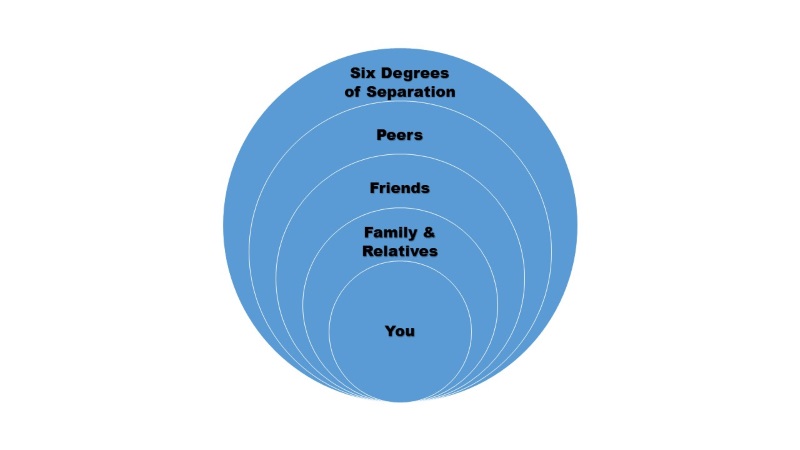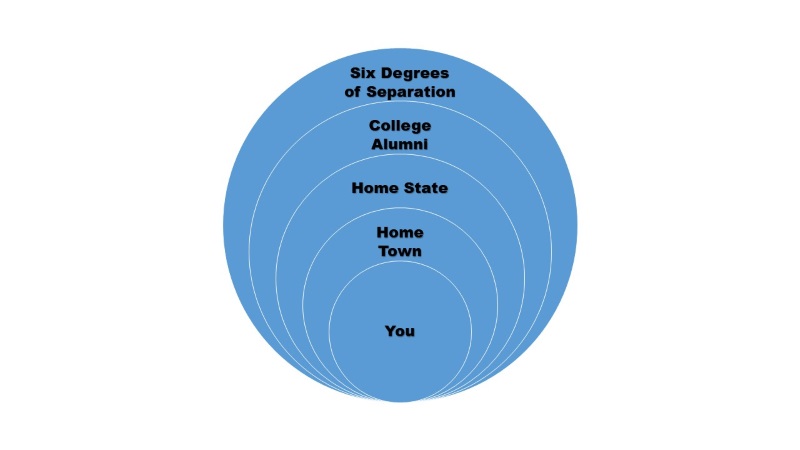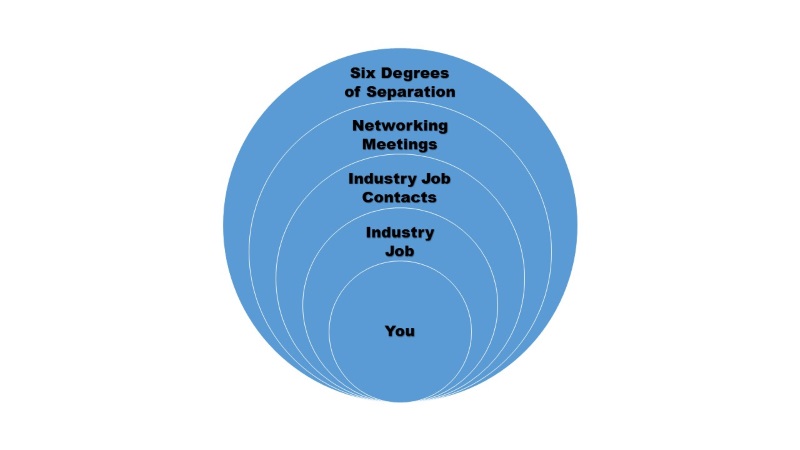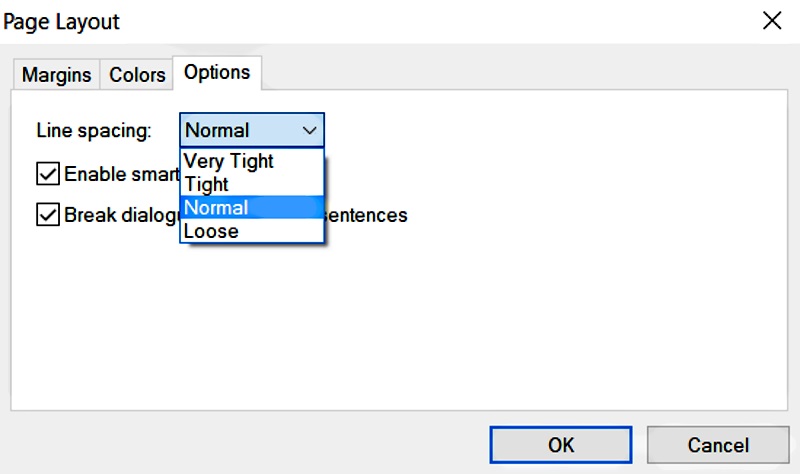Every professional has their own screenwriting tips, shortcuts, and tricks that they use throughout their career. They range from simple practices that make your job easier to choices that can greatly impact your screenplay’s success.
Learn from the pros, tailor content that resonates with you, and create a blend of proven tips, shortcuts, and techniques used by professional screenwriters that might work for you, too.
NOTE: Professional screenwriters have used these tips, shortcuts, and techniques to achieve successful results while under contract with major networks, production companies, and studios, whether at the request of development executives, producers, and directors, or on their own.
1. Use software hacks to meet page requirements/expectations
For unestablished screenwriters, high page counts are a shame. You can’t escape it. Even if your script is filled with amazing characters, a compelling storyline, mesmerizing sequences, and dialogue that pops off the page, it will raise a red flag if your page count is 120 or more.
For many professional screenwriters, page goals are built into the contract. Of course, the top one percent usually don’t have to worry about page count. But most blue- and white-collar professionals do have to adhere to page count requirements and expectations.
Read more: The three tiers of professional screenwriting
Page count wants and needs to come from the old adage: one page of script equals one page of screen time. It’s not an exact science by any means. However, it is a good barometer.
- Filmmakers want most films to be between 90 and 120 minutes long to accommodate as many daily screenings as possible.
- Streamers have done a lot of research and measurement and found that content within 90 to 120 minutes is more popular than content that is getting closer to 3 hours or more.
The development of Hollywood has also seen the trend of long scripts and high page counts. Most of them – if not written by the top one percent – are rewritten scripts.
So the fewer pages, the better your chances of getting a good read without any preconceived notions. That’s not fair. This is not right. But here’s the thing.
When professional screenwriters are trying to hit a certain preferred page count but have done all they can/want to reduce the script, there’s a simple software trick.
Most screenwriting software allows you to slightly change the margins and tighten the spacing within your script. These changes can save you anywhere from a few pages to nearly a dozen pages when you save it as a PDF.
We will use Final Draft as an example because it is the most widely used screenwriting software in the industry.
In the final draft, go to File > Page Layout > Options > Line Spacing.


You will be able to choose very tight, tight, Ordinaryand loose. Select each and click OK, then see how these settings affect the number of pages in your script. No one can tell the difference.
If you feel that the acceptable number of pages is insufficient, it will do the exact opposite and make your script appear longer than it actually is.
Read more: 5 Simple Tips to Reduce Script Page Count
2. Plan your personal and professional network
Professional screenwriters leverage this into the industry and throughout their careers. Let’s face it, people you know can help. This is not unique to the film/TV industry. Every industry exhibits employment advantages when looking for people you know within the hierarchy.
You shouldn’t laugh at this reality, but embrace it. Why? Because that could be the deciding factor in whether or not you get the opportunity. For professional screenwriters, mapping out the personal and professional networks you build can extend your career.
We’ve covered this before, but we’ll summarize it below.
You need to literally and figuratively map out where you, the screenwriter, can go in your life to create the necessary relationships and connections you need to make.
There are three types of maps to help you get started.
- personal
- geography
- Professional (industry)
You first have to draw yourself and your personal Contact, regardless of the degree of separation.


Then you plan out your geographical connect.


Finally, you draw any industry Connections you may have.


Any findings you have can be added to the contact list spreadsheet you should build.
- Networking is the easiest way to access Instagram. Nepotism does exist in Hollywood and in almost every industry.
- Geographical connections are made in the dark. You can use any connection within the query email to break the ice and find common ground where none exists. Some in the industry are loyal to their geographical ties.
- Professional/industry connections are extensive. Hollywood is driven by the Internet. When you build your network through jobs and collaborations in Hollywood, you are actually creating doors that can be opened with relationship keys.
There is no doubt that cold queries work. It’s for both fledgling screenwriters trying to break into the industry, and for professional screenwriters trying to explore other avenues for collaboration.
Read more: Writing the perfect query letters for your scripts
3. Start your script with a climax
The beginning of any screenplay is judged most harshly. This is especially true for fledgling screenwriters trying to sell their spec scripts, but still true for professional screenwriters writing from assignments.
A slow-burn script is not what most networks, streamers, and studios want. Indie directors or established filmmakers often make slow-burn movies.
Most development executives and producers want and need blockbuster movies. Why? Because that’s what keeps the audience engaged and involved from the start.
it doesn’t have to be a text Bang (not painful though). It can be:
- emotional explosion
- visual impact
- A loud noise
But sometimes this is difficult to achieve. Some stories fail to fit these moments into the timeline. Even the old hero’s journey story structure established by Joseph Campbell—and brought into Hollywood by Christopher Vogler—begins the story in the ordinary world of the hero, gradually building up to the way they face the story’s conflicts.
A simple and often practiced solution is to open the script with some kind of flash-forward, putting the protagonist at the beginning of the climax of the story, then flash back to the beginning where we see their normal world, and then watch their story gradually develop, They face a conflict that shakes their world.
Read more: 15 Movies That Start with an Ending
4. Rewrite as you write
Most Hollywood contracts give screenwriters only four to eight weeks to complete a first draft of a script. It’s been two months, yes. If you are still retained, you may have two weeks to apply company notes to the second draft.
If you follow outdated and unwise practices vomit draft method, where are you Vomit If you’ve already finished the first draft and are going to worry about making it better in the second draft, you won’t be able to meet the second draft deadline. You may have been fired.
So here is a professional process you can use to avoid this situation: Rewrite as you go.
- In your first writing session, write 10 pages.
- During the second writing session, start by rereading the first ten pages, then fix spelling errors, reduce scene descriptions and dialogue to the core, shorten or delete scenes, create a well-paced structure, and then continue writing from there.
- During your next writing session, you will reread what you have written (now 20 pages) and rewrite them as you read. Then you keep writing.
- You then repeat this pattern as you write your first draft.
When you write a “fade out” at the end of a draft, you’ll have a more focused, tight, and flowing first draft of your script.
The problem with writing like crazy forward without looking back until you finish the script is that during each writing session you find yourself mentally in a different place, in a different state of mind and in a different mood.
- You write differently when you have a good day than when you have a bad day.
- Or maybe you saw a movie or show that swayed you in a different direction in terms of tone, atmosphere, etc.
- If you continue writing without stopping to review, you won’t be consistent with your past self.
Professional screenwriters don’t have the benefit of months of rewriting. You need to learn to develop and write quickly –At the same time, we can provide excellent scripts.
In order to complete tasks within strict deadlines, a “write-as-you-go” approach is necessary. In your screenwriting journey, you can and should train yourself to write like this as quickly as possible.
Read more: 10-Day Screenplay Solution: Learn How to Write Fast
5. Write a script like an editor edits a movie
If you provide readers with a true visual experience as they read your script, your chances of winning a prestigious competition or scholarship, having your script optioned or sold, getting a manager’s signature, or landing a coveted assignment contract are greatly increased.
Writers create scripts for visual media. Too many novice screenwriters forget this. Instead, they choose to tell their stories solely through an A-Z scene structure approach, often using dialogue that provides poor exposition in the process.
Screenwriters need to create a visual blueprint for a feature film. This is best achieved by writing scripts with functionality that readers can immediately see. It has a style that most novice screenwriters forget to include.
- Imagine the scenes before writing them.
- Interweave different scenes together to break up longer scenes.
- Create a rhythm within your rhythm.
- Don’t always show where characters enter and leave.
- Don’t edit from the plot. Instead, edit based on instinct. Ill-advised formulas like those in “Rescue the Cat” force you to edit from the plot. Trust your instincts and think like a film editor.
Read more: Why screenwriters should think like film editors
Ken Miyamoto has worked in the film industry for nearly two decades, most notably as a studio liaison and then as a script reader and story analyst for Sony Pictures.
As a production writer, he participated in numerous studio meetings with companies such as Sony, DreamWorks, Universal Pictures, Disney, Warner Bros., and numerous production and management companies. He previously had a development deal with Lionsgate and has had several writing assignments, including the miniseries power failureThis thriller stars Anne Heche, Sean Patrick Flanery, Billy Zane, James Brolin, Hayley Duff, Brian Bloom, Eric Rasa starring er and bruce bucklina Hunter’s creedas well as many making Lifetime thrillers. Follow Ken on Twitter @ken电影 and Instagram @KenMovies76.


